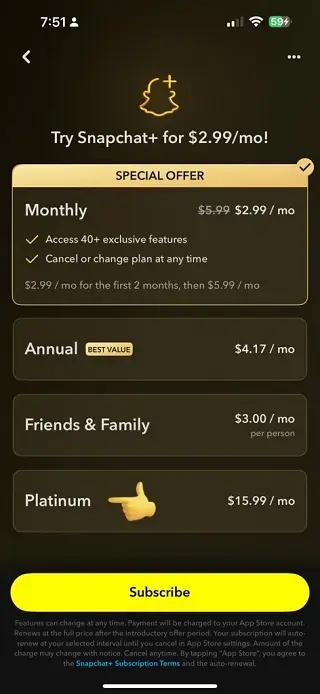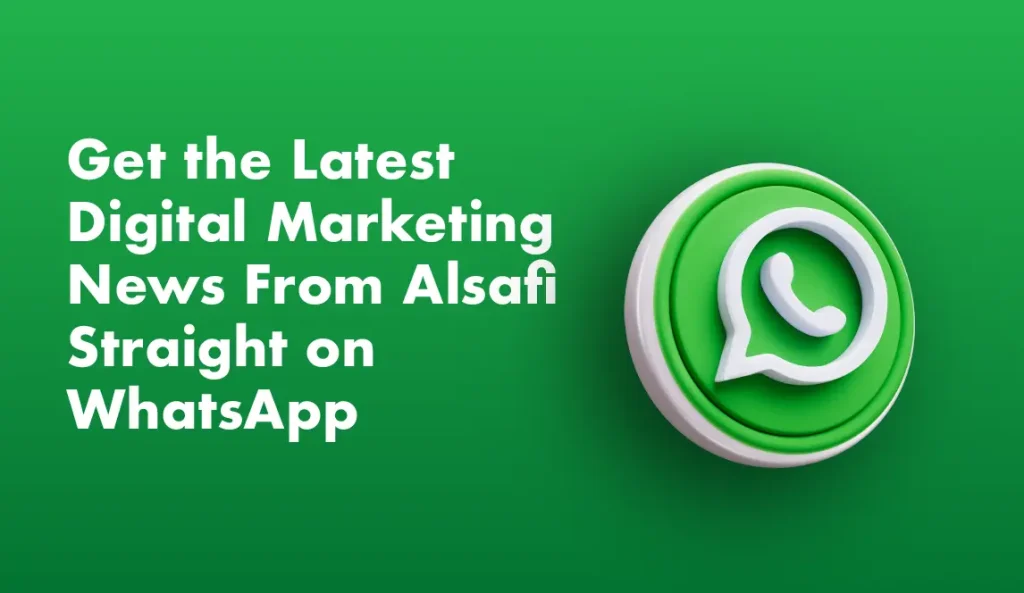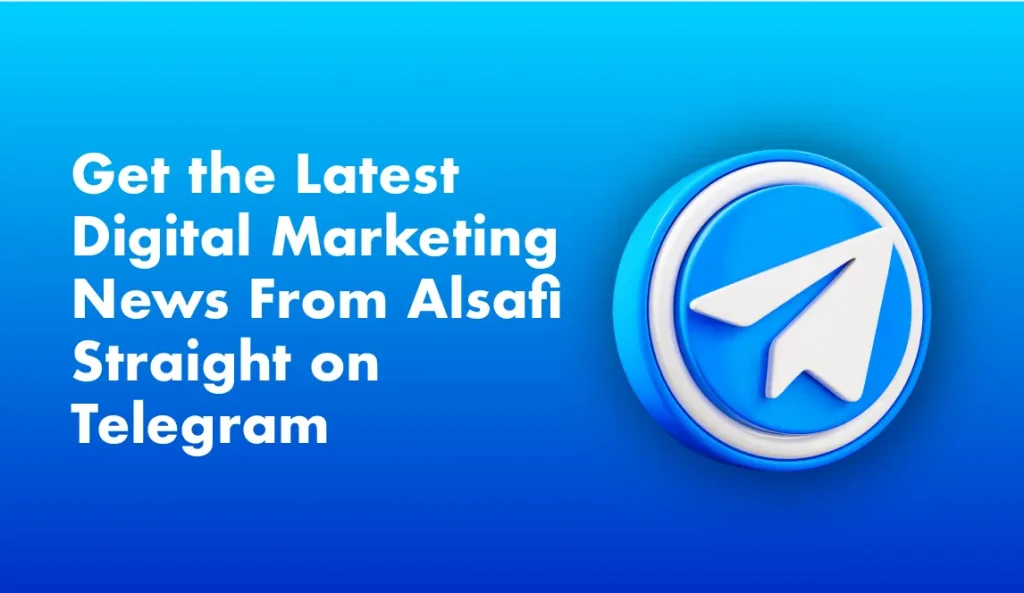Snapchat is making a bold move in the subscription space by rolling out an ad-free experience for Snapchat+ subscribers. The premium tier, which already offers exclusive features, will now allow users to enjoy the platform without interruptions from ads—a significant shift in Snapchat’s ad-driven business model.
With over 7 million Snapchat+ subscribers, the move raises key questions: Will users be willing to pay for an ad-free experience? And how will this impact advertisers who rely on Snapchat’s highly engaged audience?

Snapchat+ and the Push for Ad-Free Social Media
Since its launch in 2022, Snapchat+ has positioned itself as a way for dedicated users to access exclusive features like custom app icons, AI-powered tools, and priority story replies. Now, by offering an ad-free option, Snapchat joins the growing trend of social platforms experimenting with premium, ad-free experiences—a trend seen with X (formerly Twitter) and YouTube Premium.
The move reflects the evolving social media landscape, where platforms are diversifying revenue streams beyond advertising. However, Snapchat is taking a measured approach. Instead of removing ads platform-wide, the feature remains exclusive to paying users, ensuring that its primary advertising model remains intact.
How Much Does It Cost?
The ad-free experience is included in Snapchat+, which costs $3.99 per month. Compared to other premium social subscriptions, Snapchat’s pricing remains relatively affordable.
For comparison:
- YouTube Premium (ad-free YouTube experience): $13.99/month
- X Premium+ (ad-free browsing): $16/month
- Spotify Premium (ad-free music streaming): $10.99/month
At this price point, Snapchat+ could attract more users who prefer an uninterrupted experience, particularly among younger demographics who use Snapchat as their primary communication tool.
To learn more about this topic, check out our guide on Snapchat’s New Advertising Enhancements for Q2 2024 for deeper insights.
What This Means for Marketers
The biggest concern for marketers is whether Snapchat’s shift toward an ad-free experience could impact ad reach and engagement. However, Snapchat+ still represents a small fraction of the platform’s total user base, meaning the majority of Snapchat users will continue seeing ads.
Key points for marketers to consider:
- Minimal Impact on Ad Reach (For Now): With Snapchat+ users making up a small portion of the audience, brands will still be able to reach most users through ads.
- Higher-Intent Audience: Users who opt out of ads may be harder to reach through traditional campaigns, making organic engagement and influencer collaborations more important.
- Potential Shift in Ad Strategy: If Snapchat+ adoption grows, marketers may need to explore alternative engagement strategies, such as sponsored AR Lenses, in-app partnerships, or branded filters.
For the Middle East, where Snapchat has a high penetration rate—especially in Saudi Arabia and the UAE—this shift is particularly relevant. Marketers targeting Gen Z and Millennials should monitor how Snapchat+ adoption grows in the region and adjust their strategies accordingly.
How Does This Compare to Other Platforms?
Snapchat’s move follows a broader trend of social media platforms offering ad-free experiences for paying users.
- X (formerly Twitter) launched its Premium+ tier, removing ads for $16/month.
- YouTube Premium removes ads from videos for $13.99/month, a model that has been successful in driving revenue from users who prefer uninterrupted content.
- Meta (Facebook & Instagram) introduced an ad-free subscription in Europe to comply with new regulations, charging users for a privacy-focused experience.
Snapchat’s decision to keep its ad-free experience optional ensures that its ad revenue remains strong while giving users the choice to pay for privacy and convenience.
Key Takeaway for Marketing Managers
Snapchat’s ad-free subscription signals a shift in how users engage with social platforms, but for now, the impact on advertisers is limited. Marketing managers should:
- Monitor Snapchat+ adoption to see if ad-free preferences grow among key demographics.
- Focus on organic engagement through branded filters, influencers, and AR experiences.
- Explore alternative ad placements, such as in-app promotions and interactive content.
For Middle Eastern brands, Snapchat remains a key platform for reaching Gen Z and Millennials, particularly in Saudi Arabia and the UAE. As the digital landscape evolves, adapting strategies to fit both ad-supported and ad-free audiences will be essential.



